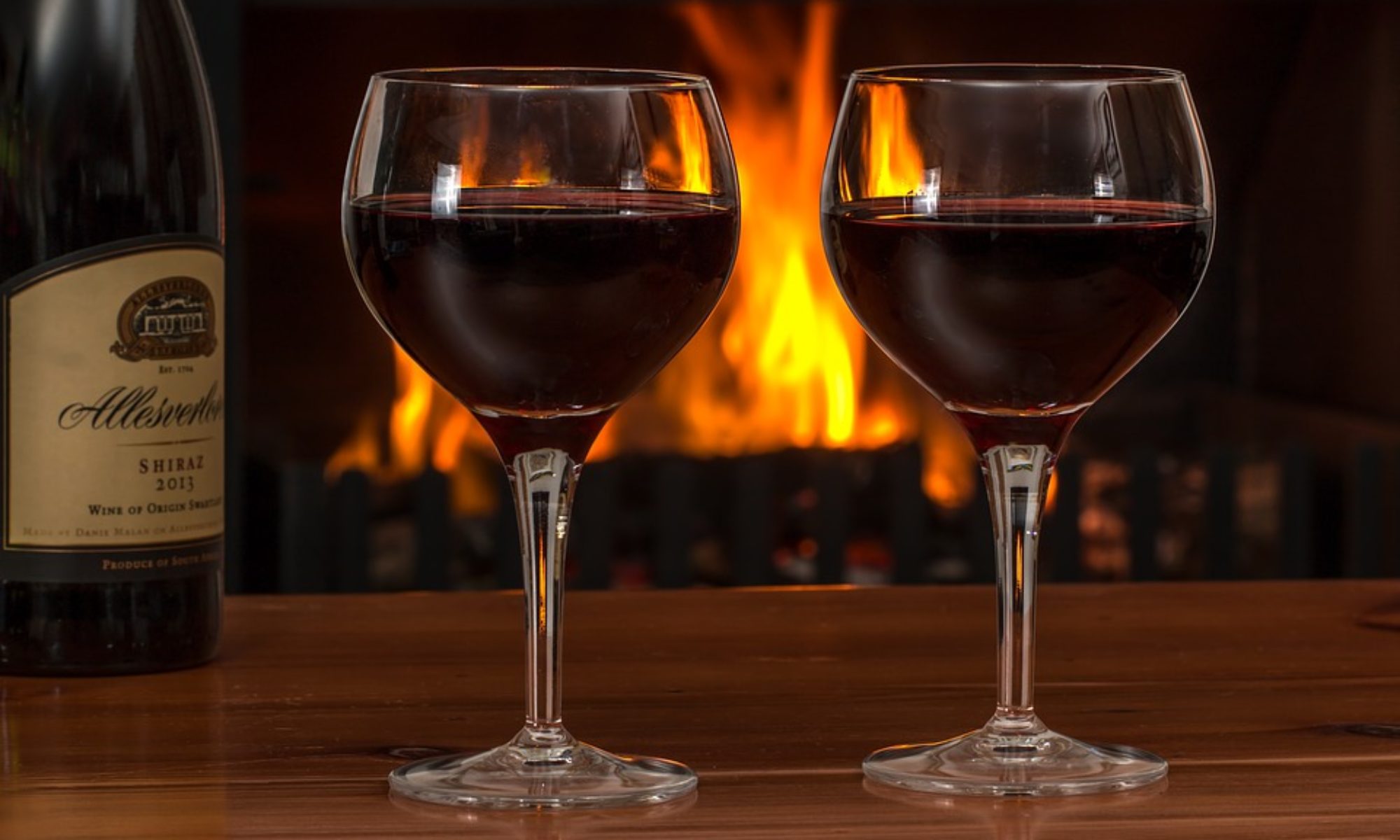
Tuscany Chianti Wines
By Susanna Mantovani
Chianti wine takes its name from the area in the countryside near Florence, where we produce the famous Tuscany wine, well known and sold around the world. The taste of these wines is characterized by fruity notes only that match well with the most Tuscan food thanks to their high level of acidity. The grapes used for this wine are mostly from the Sangiovese grape in Tuscany, that is most common in this land. It has found the optimal conditions both for the cultivation of grapes and for the characteristics of the agricultural land in the area Tuscany.
There are many varieties of Tuscan wines that are known worldwide for their high quality, below we make a list of the best:
Brunello di Montalcino
Brunello di Montalcino is a famous wine that takes its name from the place of origin of the grapes from which the product is derived from the vineyards of Sangiovese.
Brunello di Montalcino comes from a small area of renowned Chianti countryside near Florence and is produced in a limited amount that is often unable to cover the high demand. This Tuscan wine is appreciated for its sweet fruity flavor and its more dense texture than other Chianti wines. Brunello di Montalcino wine has been very successful in the USA where it is served in the most famous restaurants in the country thanks to its ability to adapt perfectly to many types of foods.
Vernaccia di San Gimignano
Vernaccia di San Gimignano is a Tuscany white wine considered among the best Italian white wine. The name Vernaccia comes from the name of the grape varieties that are used to produce this excellent Tuscan white wine which was the first Italian wine to receive the mark DOC. The taste is fresh and sparkling. It is one of the hallmarks of Vernaccia di San Gimignano which is fermented in oak barrels, which give this wine a perfect balance.
Tignanello wine
The Tignanello is a wine made from the world famous brand Antinori. This wine was among the first to launch the Super Tuscan wines, which are produced by the mix of grapes from different areas, the wine Tignanello is obtained by combining the classic quality of Tuscan grape Sangiovese with the French Cabernet Sauvignon. This wine is a quality of grapes mingle and improves by aging in oak barrels.
Morellino di Scansano
Morellino di Scansano is a red wine produced on the coast of the Maremma using grapes grown in the area of Sangiovese di Scansano. Morellino di Scansano wine is made from grapes, where the mix of quality Sangiovese is a large part of the compound. This Tuscan wine is among the few who do not need to age. Its fresh and clean taste can be savored in less than a year of aging.
Vino Nobile di Montepulciano
The Vino Nobile di Montepulciano is obtained by combining various types of grapes, the highest percentage is the quality of the Sangiovese grape, Classic Tuscany, this is mixed with grape vine Canaiolo and small percentages of local grapes. The Vino Nobile di Montepulciano has an ancient tradition that dates back to ancient times. Today as in the past, this wine is aged in oak barrels for at least two years.
Susanna Mantovani is a expert Florence Tours guide by Made of Tuscany
Article Source: http://EzineArticles.com/expert/Susanna_Mantovani/1912298
